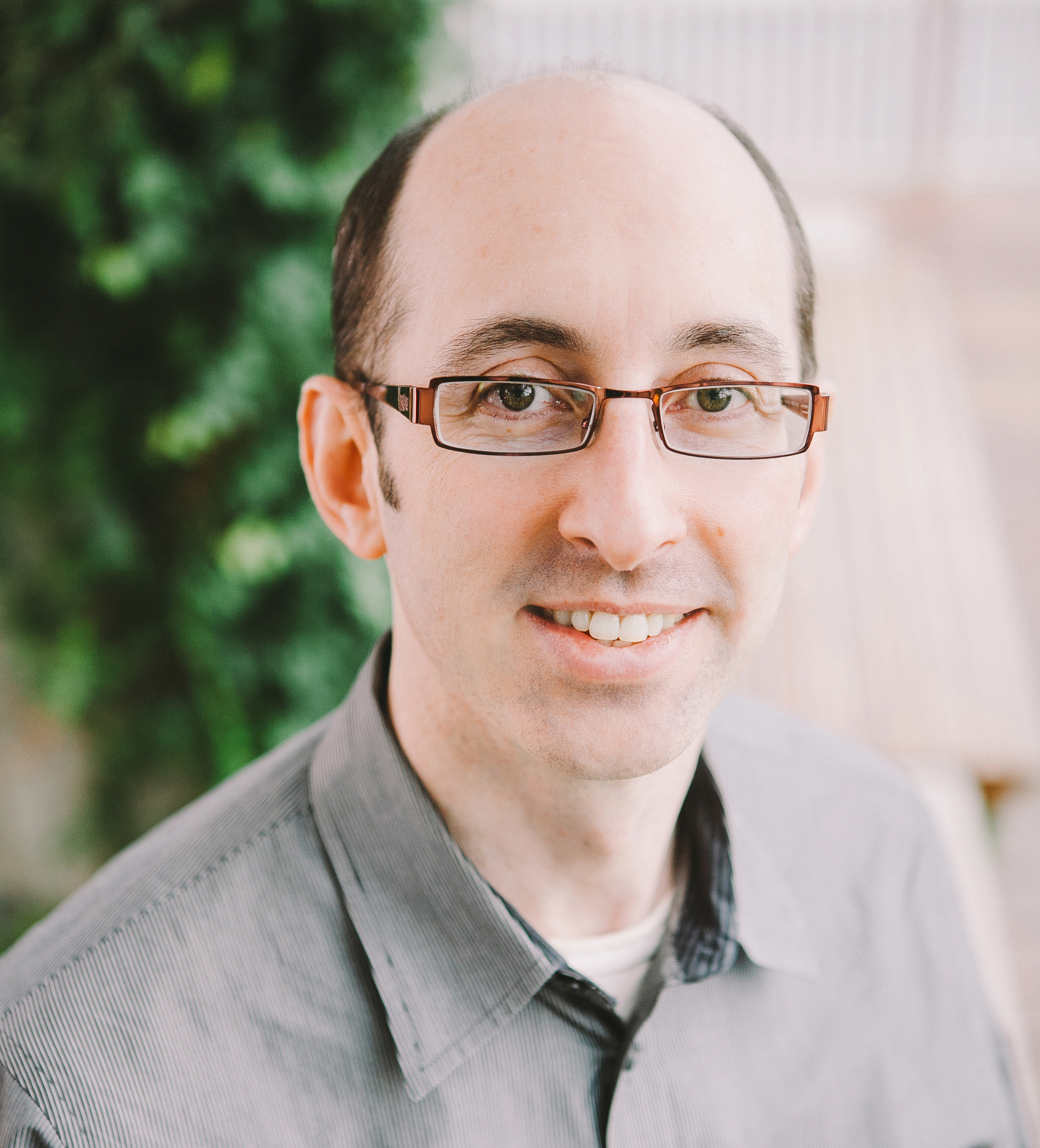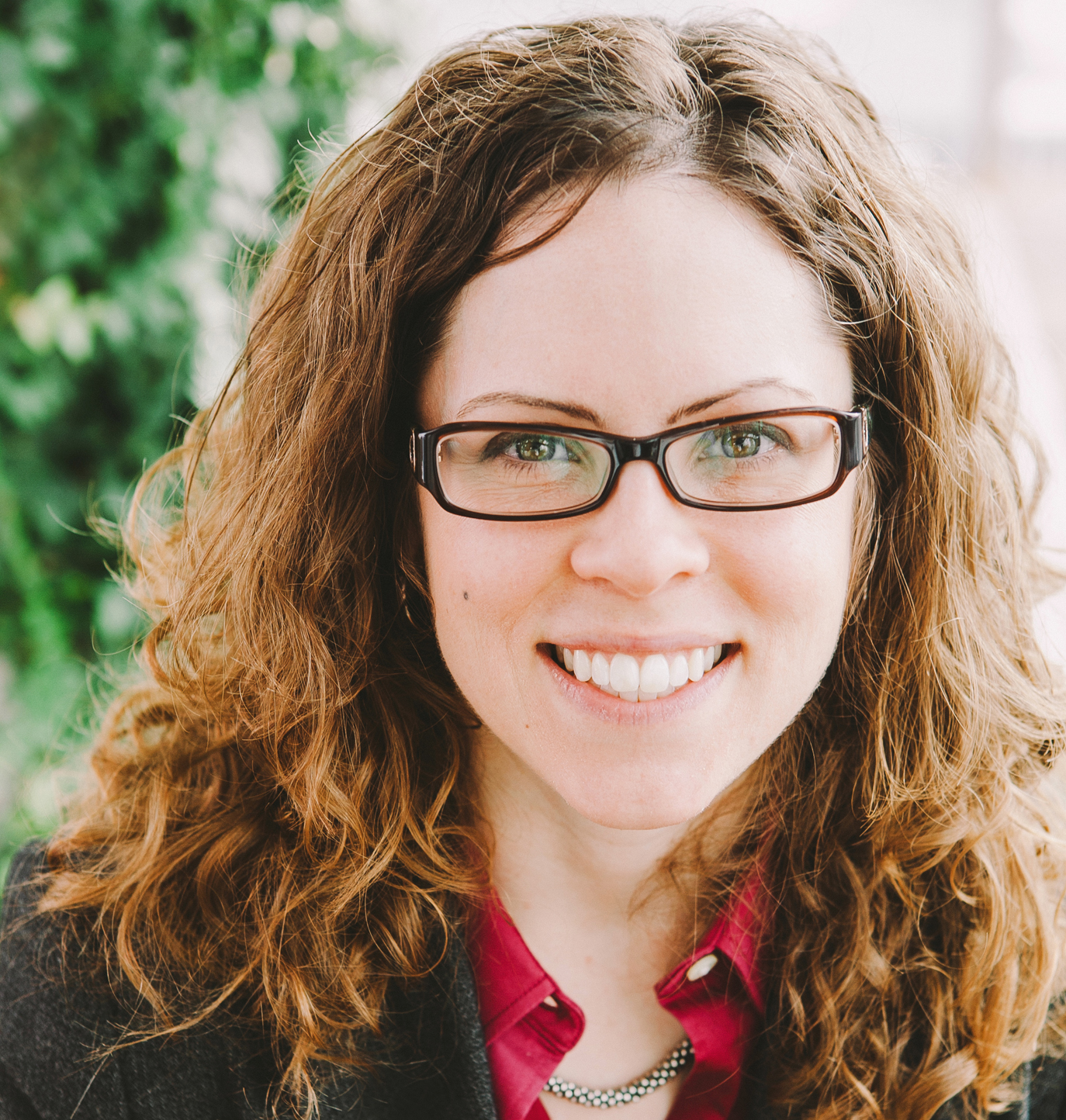Mobile Menu
-
Our Scientists
- Andrews, Brenda
- Angers, Stephane
- Attisano, Liliana
- Babaian, Artem
- Bader, Gary
- Blencowe, Benjamin
- Boone, Charles
- Brown, Grant
- Chan, Warren
- Fraser, Andrew
- Friesen, James (Professor Emeritus)
- Gilbert, Penney
- Gillis, Jesse
- Goeva, Aleksandrina
- Greenblatt, Jack
- Harrington, Lea
- Hughes, Timothy
- Kim, Philip M.
- Krause, Henry
- Montenegro Burke, Rafael (Rafa)
- Morris, John
- Morshead, Cindi
- Radisic, Milica
- Röst, Hannes
- Roth, Frederick (Fritz)
- Roy, Peter
- Ryu, William
- Sefton, Michael
- Shoichet, Molly
- Stagljar, Igor
- Taipale, Mikko
- van der Kooy, Derek
- Wang, Shu
- Wheeler, Aaron
- Yip, Christopher
- Zhang, Zhaolei
- Research
- Platforms
- Students
- Postdocs
- News
- Careers
- Events
- About Us


 Backed by the
Backed by the  In particular, Caudy’s team will home in on a metabolite called 2-hydroxyglutarate (2HG) that can reset epigenetic marks to push cells into a state where they divide more. While high levels of 2HG have been linked to glioblastoma, as well as to other types of cancer, it seems that cells have several different ways to stockpile the chemical. Thanks to new technology developed in collaboration with Dr. Adam Rosebrock, Caudy will be able to measure precise amounts of 2HG in the BCSCs in search of its sources.
In particular, Caudy’s team will home in on a metabolite called 2-hydroxyglutarate (2HG) that can reset epigenetic marks to push cells into a state where they divide more. While high levels of 2HG have been linked to glioblastoma, as well as to other types of cancer, it seems that cells have several different ways to stockpile the chemical. Thanks to new technology developed in collaboration with Dr. Adam Rosebrock, Caudy will be able to measure precise amounts of 2HG in the BCSCs in search of its sources.